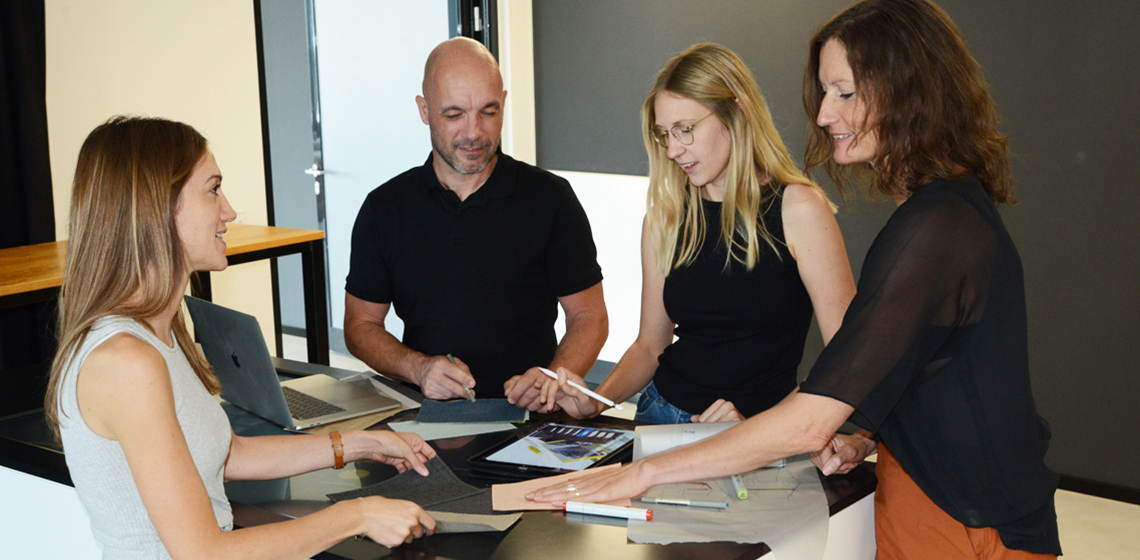Live-Marketing
You already have a lot of experience as a design director..
But how did you end up in the live marketing industry? What kind of education did you have and why did you choose live marketing?
Pim: I started studying interior and product design when I was 17. And in my second year, one of the professors approached me and told me that the live marketing field was for me. Because I had the spatial imagination that the field required.
I then did my first internships in live marketing when I was 18. And a year later, I took over trade show planning in-house at a manufacturing company.
The speed of our industry fascinated me. You develop something over a short period of time, see the results very quickly, and the lead times are relatively short. When I finished my studies, it was clear that I wanted to work in this field, and so I ended up at Raumtechnik in 1998. After two years as a project designer, I took over as team lead.
The great thing about our industry is that you always work with a different type of customer, a different size of project. You get insights into a wide range of industries and the clients benefit from you having that knowledge. You can think in a more eclectic way and come up with great combinations. For a creative person, it is the perfect platform. There is a white sheet of paper. There are a few written words and your interpretation of the task. Also, the cultural adaptation when we work abroad is always exciting.

